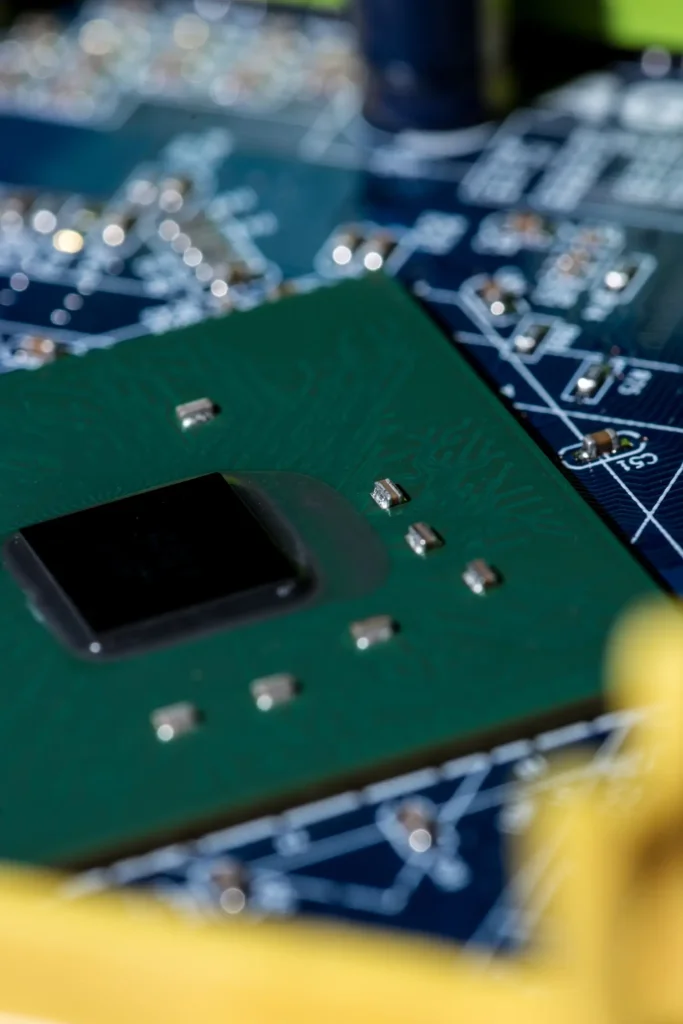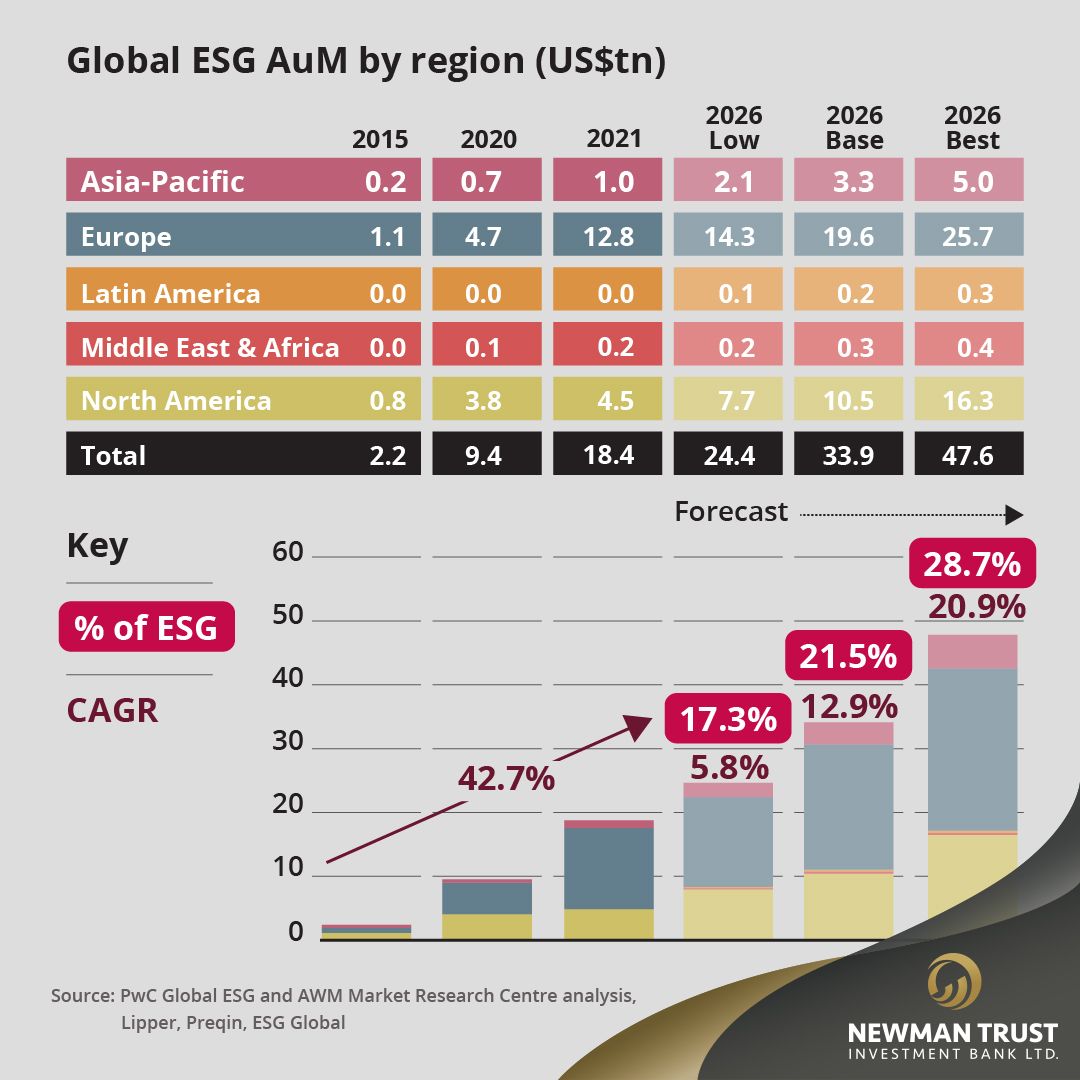The semiconductor industry is one of Malaysia’s most critical sectors, serving as a backbone for the global electronics supply chain. As the world continues to advance toward digitalization and innovation, the demand for semiconductors has skyrocketed, placing Malaysia at the center of this growth. With a robust infrastructure, skilled workforce, and favorable government policies, Malaysia is positioned as one of the key players in the global semiconductor market.

Semiconductors are materials that have the ability to conduct electricity under certain conditions. They are essential components in electronic devices, enabling everything from smartphones and computers to automobiles and medical devices. Semiconductors power modern technology and are critical to the development of 5G networks, artificial intelligence (AI), and the Internet of Things (IoT).
Malaysia is a major player in the global semiconductor industry, contributing approximately 7% of the total global semiconductor trade. The country has established itself as a hub for semiconductor assembly, testing, and packaging, which are crucial stages in the semiconductor manufacturing process. (Source)
Keys factors that have contributed to Malaysia’s success in the semiconductor industry include:
Strategic Location: Malaysia is located in Southeast Asia, providing easy access to other major markets in Asia, including China, Japan, and South Korea. This geographic advantage makes Malaysia an attractive destination for multinational semiconductor companies.
Skilled Workforce: The country has a well-trained workforce in the electronics and semiconductor fields. Educational institutions in Malaysia offer specialized programs in engineering, electronics, and technology, ensuring a steady pipeline of talent for the industry.
Strong Infrastructure: Malaysia has developed a world-class infrastructure, including industrial parks, research and development (R&D) centers, and transportation networks, which support the growth of the semiconductor industry.
Government Support: The Malaysian government has been proactive in promoting the semiconductor industry by providing incentives, tax breaks, and financial support through initiatives led by the Malaysian Investment Development Authority (MIDA) and Ministry of International Trade and Industry (MITI). The country’s focus on innovation and technology also aligns with global trends.

Several multinational companies have established semiconductor manufacturing facilities in Malaysia, including Intel, Infineon Technologies, Texas Instruments, and STMicroelectronics. These companies have made significant investments in Malaysia, contributing to the country’s reputation as a semiconductor powerhouse. Local companies are also thriving in the semiconductor ecosystem.
For example, Malaysian firm Globetronics Technology Berhad specializes in the manufacturing of integrated circuits (ICs) and has a strong presence in the global semiconductor market. Other notable local players include Unisem and Inari Amertron, which focus on semiconductor packaging and testing services.
Despite its advantages, Malaysia’s semiconductor industry faces several challenges that must be addressed to maintain its competitiveness in the global market:
Supply Chain Disruptions: The COVID-19 pandemic exposed vulnerabilities in global semiconductor supply chains, leading to shortages and production delays. Malaysia, like other countries, was affected by these disruptions. Moving forward, Malaysia will need to strengthen its supply chain resilience to mitigate future risks.
Technological Advancements: The semiconductor industry is rapidly evolving, with advancements in AI, quantum computing, and other technologies. Malaysia must continue to invest in R&D and innovation to stay competitive and meet the growing demand for cutting-edge semiconductor technologies.
Environmental Sustainability: The semiconductor manufacturing process requires significant energy and resources. To meet global sustainability goals, Malaysia must adopt greener practices and technologies to reduce the environmental impact of semiconductor production.
The future of Malaysia’s semiconductor industry looks promising, thanks to its strategic importance in the global electronics supply chain and continued government support. Malaysia is also poised to benefit from the global shift toward digitalization, as the demand for semiconductors continues to rise in industries such as automotive, healthcare, telecommunications, and consumer electronics.
Several initiatives are being undertaken to ensure Malaysia remains at the forefront of the semiconductor industry:

The Electrical and Electronics (E&E) National Key Economic Area (NKEA) under Malaysia’s Economic Transformation Programme (ETP) aims to increase the contribution of the semiconductor sector to the country’s GDP.
The establishment of R&D centers and collaborations between the government, industry players, and academic institutions to foster innovation and develop new semiconductor technologies.
With the global semiconductor market expected to exceed $1 trillion by 2030, Malaysia’s role in this rapidly expanding industry will become even more critical. Malaysia’s semiconductor industry plays a pivotal role in the global electronics supply chain, driving innovation and powering the future of technology. With its strategic location, skilled workforce, and strong government support, Malaysia is well-positioned to remain a major player in the semiconductor market. By addressing challenges such as supply chain resilience and technological innovation, Malaysia can continue to thrive in this high-growth sector and contribute to global technological advancements.






